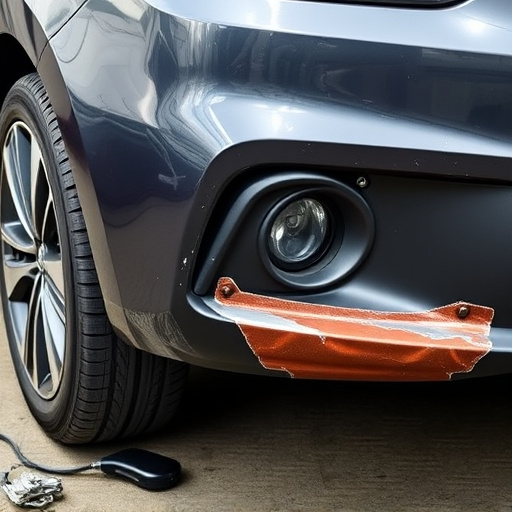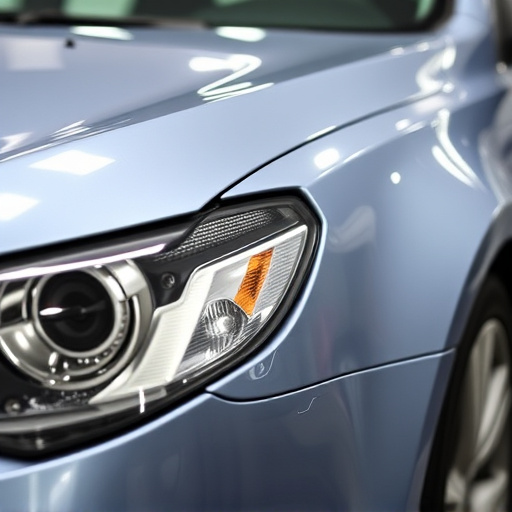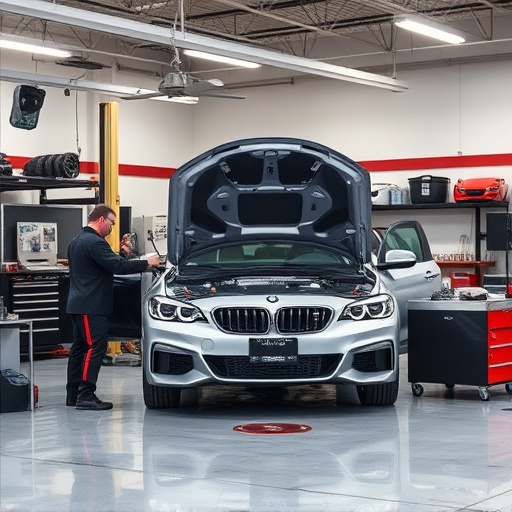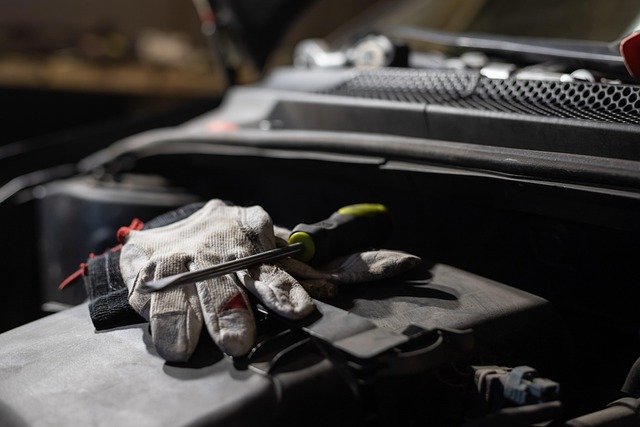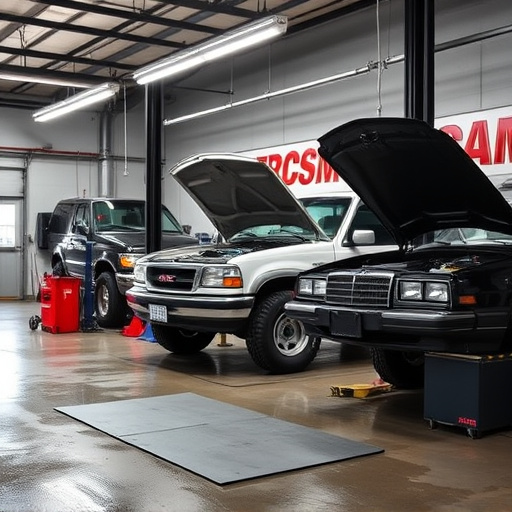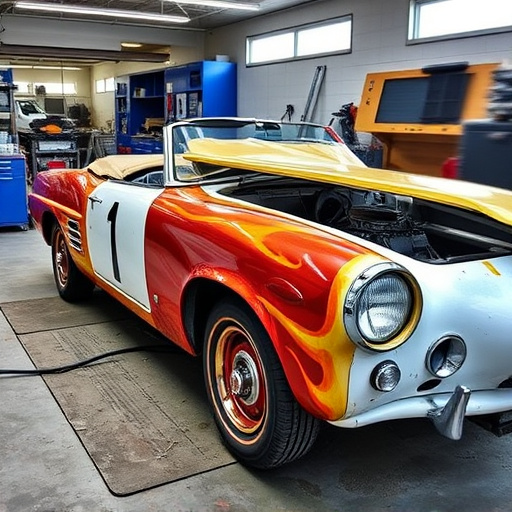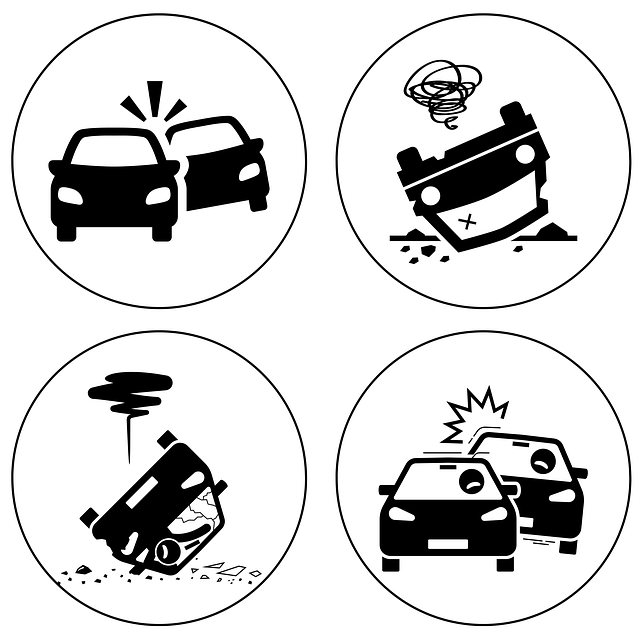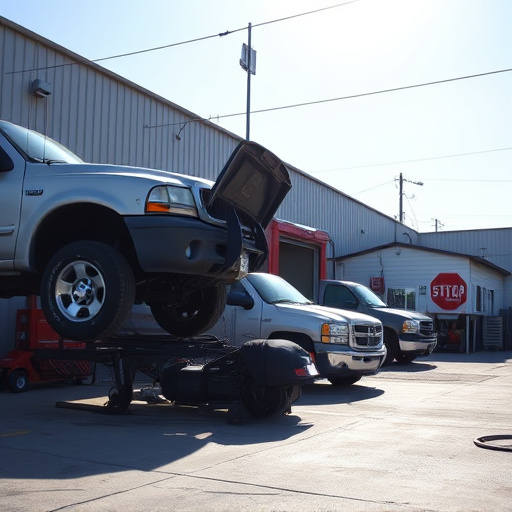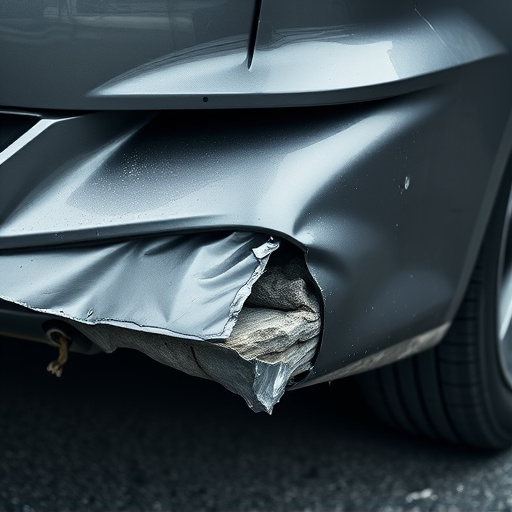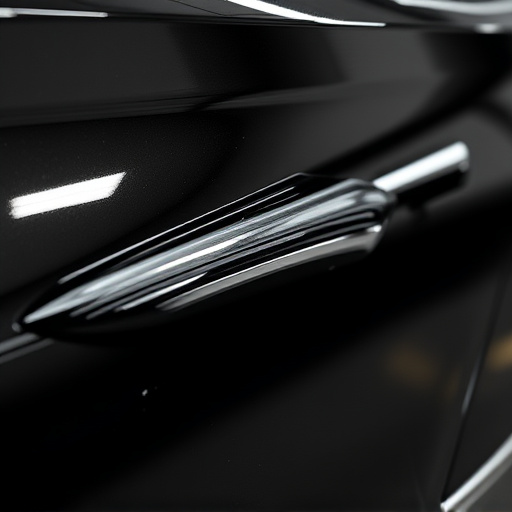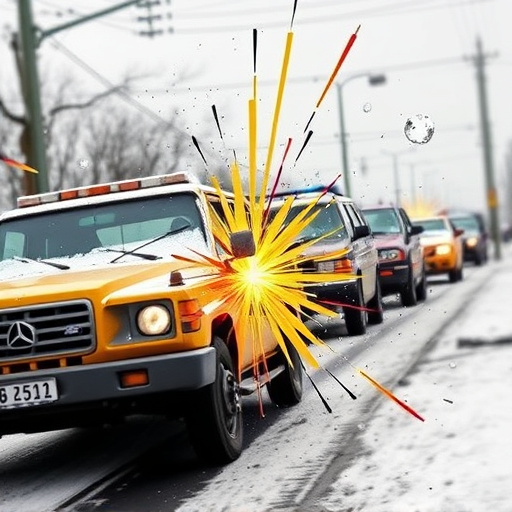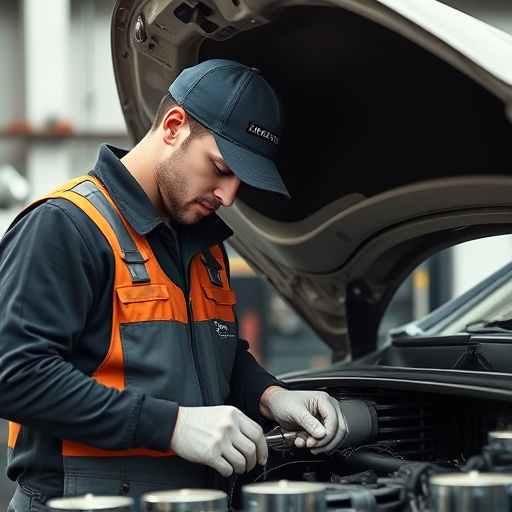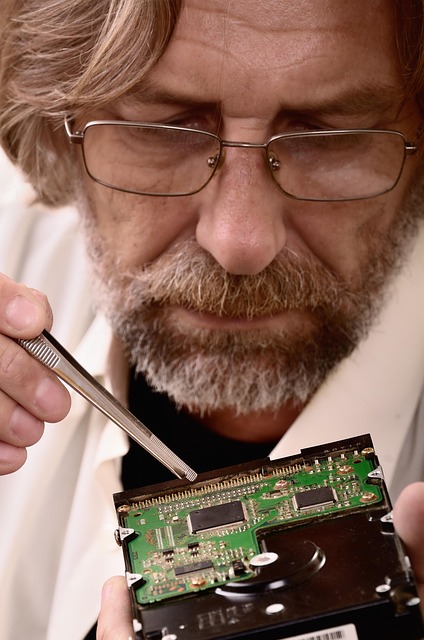Mastering fabrication techniques is vital for restoring collector cars to their original glory. Skilled technicians combine traditional craftsmanship with modern tools like CAD software and laser cutting machines to achieve precise repairs, preserving historical authenticity and value. This blend of technology and skill ensures these vehicles maintain their artistic legacy and technical craftsmanship, catering specifically to the unique needs of collector car damage repair.
In the world of collector cars, meticulous damage repair is crucial for preserving historical value. This article explores the intricate role of fabrication techniques in restoring these classic gems. From understanding specialized methods tailored to collector cars, to mastering the art of mimicking originality, we delve into the latest advancements. Discover how modern tools and technologies are revolutionizing preservation efforts while ensuring these timeless vehicles remain in their finest condition for generations to come.
- Understanding Fabrication Techniques for Collector Cars
- The Art of Mimicking Originality in Damage Repair
- Modern Tools and Their Impact on Preservation Efforts
Understanding Fabrication Techniques for Collector Cars
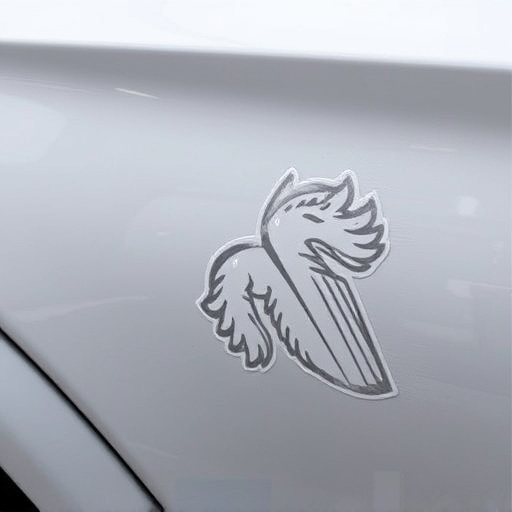
Understanding Fabrication Techniques for Collector Cars
In the realm of collector car damage repair, fabrication plays a pivotal role in restoring vehicles to their original or even improved condition. For enthusiasts and professionals alike, mastering various fabrication techniques is essential when addressing intricate repairs on these cherished vehicles. The process involves meticulous craftsmanship, utilizing specialized tools, and an in-depth understanding of auto body dynamics. One such technique gaining popularity in collector car circles is paintless dent repair (PDR). This non-invasive method leverages advanced tools and trained expertise to remove dents without damaging the original paintwork, thereby preserving the car’s authentic aesthetic appeal and value.
Effective fabrication for collector cars extends beyond mere cosmetic considerations. It involves precise alignment, structural integrity, and often, custom engineering solutions. Reputable repair shops invest in state-of-the-art equipment, including computer-aided design (CAD) software and robotic welding systems, to ensure accuracy and consistency. Moreover, car paint services that employ modern techniques like basecoat-clearcoat painting offer superior color matching and long-lasting finishes, contributing significantly to the overall restoration quality.
The Art of Mimicking Originality in Damage Repair
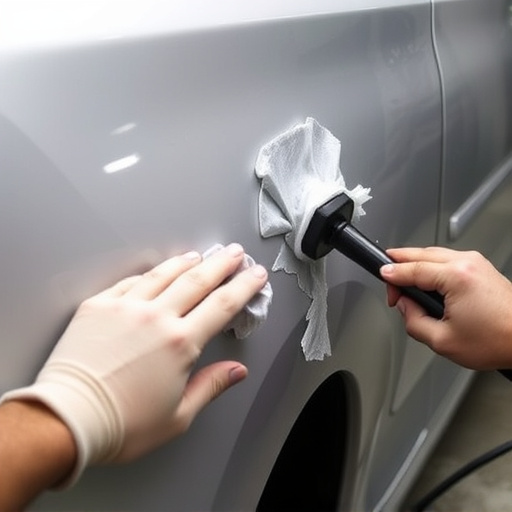
In the realm of collector car damage repair, the art of mimicking originality is a delicate dance. Skilled technicians employ advanced techniques and an keen eye for detail to restore vehicles to their former glory. Every dent, scratch, and crease must be meticulously assessed and repaired, often requiring the replication of intricate fabrication processes. This involves using original or reproduction parts, coupled with precise welding, painting, and finishing techniques, to ensure the vehicle’s historical authenticity is preserved.
The challenge lies in balancing restoration with conservation. Reputable auto repair services for collector cars understand that while modern repairs may differ from period-specific methods, the goal is to maintain the car’s overall integrity and value. Expert fabricators use tools like computer-aided design (CAD) software and specialized machinery to create or replace damaged components, such as fender repair, with remarkable accuracy. This blend of traditional craftsmanship and contemporary technology ensures that each restoration is a testament to the vehicle’s original beauty and historical significance within the collector car damage repair landscape.
Modern Tools and Their Impact on Preservation Efforts
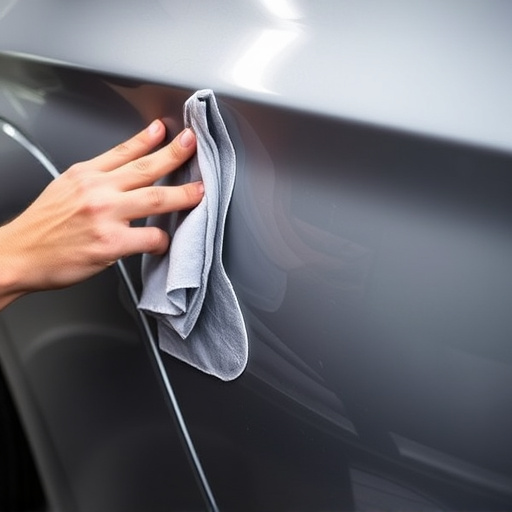
The advent of modern tools has revolutionized collector car damage repair work, offering unprecedented precision and finesse. These advanced technologies, such as computer-aided design (CAD) software and laser cutting machines, enable restorers to achieve meticulous detail in both classic car restoration and contemporary auto body repairs. The impact on preservation efforts is profound; intricate panels and components can now be fabricated with a level of accuracy never before possible.
This technological evolution streamlines the process for auto repair services, allowing for faster turnaround times while maintaining the integrity of the original vehicle. By leveraging these modern tools, skilled technicians can expertly replicate or replace damaged parts, ensuring that collector cars remain in their pristine, pre-damage condition. This level of craftsmanship not only preserves historical value but also safeguards the artistic and technical legacy of automotive design.
In conclusion, the intricate world of collector car damage repair hinges on meticulous fabrication techniques that marry modern technology with a deep understanding of automotive history. By expertly mimicking originality, preservation efforts are enhanced, ensuring these classic vehicles continue to captivate enthusiasts for generations to come. The art and science of fabrication play a pivotal role in preserving the past, making it shine brightly in the present, and safeguarding its legacy for the future among collector car damage repair enthusiasts.
